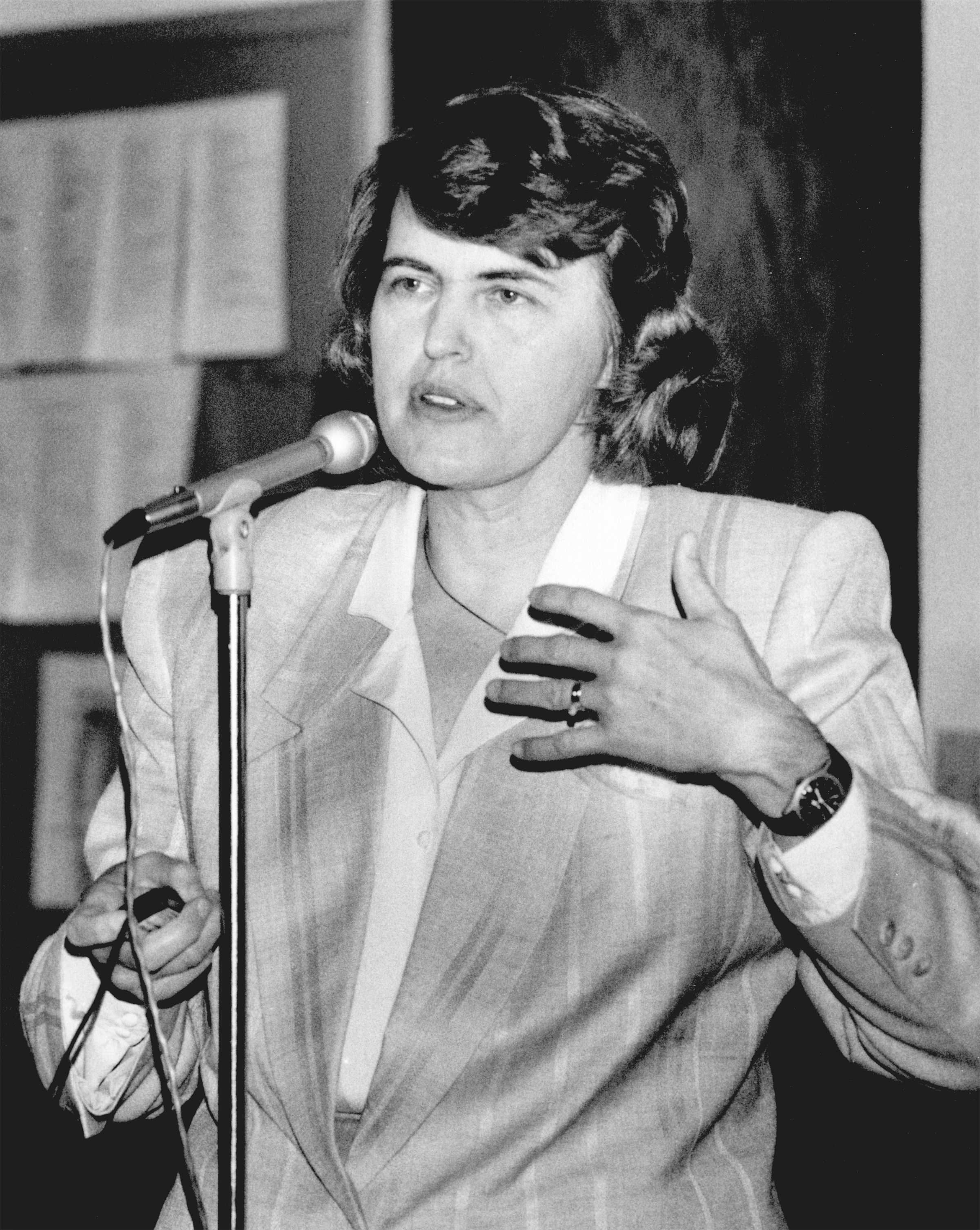The Encyclopedia of Oklahoma History and Culture
LUCID, SHANNON MATILDA WELLS (1943– ).
Although astronaut Shannon Wells Lucid was born in Shanghai, China, on January 14, 1943, she considers Bethany, Oklahoma, her hometown. The daughter of missionaries Joseph Oscar and Myrtle Huizenga Wells, Shannon graduated from Bethany High School in 1960 and attended the University of Oklahoma, receiving a bachelor's degree in chemistry in 1963. She married Michael Lucid, and they had three children.
Shannon Lucid first worked as a teaching assistant in the University of Oklahoma's department of chemistry and later became a senior laboratory technician at the Oklahoma Medical Research Foundation (OMRF). In 1969 she was a graduate assistant at the University of Oklahoma Health Sciences Center's department of biochemistry and molecular biology. After completing a master's degree, she earned a doctorate in biochemistry in 1973 and then worked as a research associate at OMRF.
In January 1978 the National Aeronautics and Space Administration (NASA) selected Lucid for the astronaut training program. She became an astronaut in August 1979 and soon qualified as a mission specialist on space-shuttle flight crews. At the turn of the twenty-first century she had participated in five space flights and held the world record for the most flight hours by a woman. Her first space mission was on STS (Space Transportation System)-51G Discovery from June 17 to 24, 1985. In October 1989 her second mission aboard STS-34 Atlantis resulted in the launch of the Galileo probe from the shuttle to the planet Jupiter. The nine-day mission of STS-43 Atlantis in August 1991 was her third flight. The accomplishments of this mission included launching a tracking and data relay satellite. The Spacelab module on board STS-58 Columbia provided a record fourteen-day mission from October 18 to November 1, 1993. This long-term flight provided the opportunity to perform the most extensive physiological tests since the Skylab program in the 1970s.
Lucid's longest, most famous flight began on March 22, 1996, aboard STS-76 Atlantis. The shuttle docked with the Russian MIR space station, and under an agreement with the Russians she stayed on the MIR for research work. She returned to Earth on board STS-79 Atlantis on September 26, 1996. Her trip in space, which covered 75.2 million miles in 188 days, paved the way for future space station researchers.
Lucid has received the Russian Order of Friendship Medal and the Congressional Space Medal of Honor, the first woman to receive this award. In addition, she was inducted into the Oklahoma Aviation and Space Hall of Fame (1989) and the Oklahoma Women's Hall of Fame (1993). In March 1997 the National Aviation Club awarded her its first annual Katherine and Marjorie Stinson Award for Achievement, presented to a woman who has made outstanding achievements in aviation, aerospace, or aeronautics. In February 2002 NASA selected Shannon Lucid as the agency's chief scientist.
See Also
Learn More
Michael Cassutt, Who's Who in Space: The International Space Year Edition (New York: Macmillan Publishing Co., 1993).
"Shannon Lucid," Vertical File, Oklahoma Room, Oklahoma Department of Libraries, Oklahoma City.
"Shannon Lucid," Vertical File, Research Division, Oklahoma Historical Society, Oklahoma City.
Ron White, "Tales of a Space Explorer," Oklahoma Today 46 (April–May 1996).
Citation
The following (as per The Chicago Manual of Style, 17th edition) is the preferred citation for articles:
Bill Moore, “Lucid, Shannon Matilda Wells,” The Encyclopedia of Oklahoma History and Culture, https://www.okhistory.org/publications/enc/entry?entry=LU003.
Published January 15, 2010
Last updated September 14, 2018
© Oklahoma Historical Society


